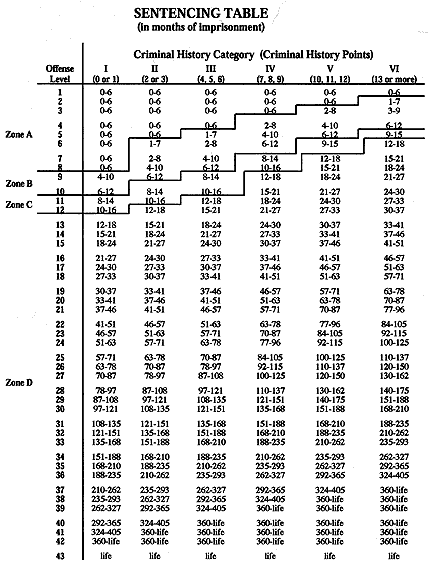 Little
Brother Gets Busted (CELL Media, 2001)
Little
Brother Gets Busted (CELL Media, 2001)
In this lively and engaging tale, a naive young robot runs afoul of the law - and wacky hijinks ensue! Through the trials and tribulations of our protagonist, we discover the nuances of U.S. drug enforcement policy and learn valuable lessons including proper procedures for handling police interrogations and hiding contraband in one's anal cavity. Stars "Little Brother" (widely acclaimed robotic spokesman for the Institute for Applied Autonomy) with an international cast. Originally released as a filmstrip, Little Brother Gets Busted is now available in a range of formats, including VHS, Shockwave, MPEG, and self-running PowerPoint presentation.
2001, Filmstrip, Color, Approx. 8 minutes
|
|
Above loads slowly. If you grow impatient, try this lower-quality preview.
To edit "Little Brother Gets Busted" onto the beginning of rented videos, download and output one of the following:
|
While you wait for "Little Brother Gets Busted" to load, we encourage you to read the following to learn more about federal mandatory minimum sentencing laws, which feature prominently in the filmstrip you are about to view.
As their name implies, mandatory minimum laws mandate the sentences federal judges assign to individuals convicted of drug-related offenses. These sentences are based on a defendant's prior convictions and the amount (in weight) of controlled substance involved, and essentially remove a judge's individual discretion from the sentencing process. Judges are unable to consider mitigating circumstances in a particular case, which often results in prison terms that far outweigh the severity of a given crime. The past several years of American jurisprudence history has been marked by a growing number of mandatory-minimum horror stories in which low-level drug dealers and users, as well as friends and family members with no direct involvement in the drug trade, have been sentenced to prison terms more severe than those commonly assigned to rapists and murderers.
For one such example, please follow this link to the February 16, 2000 edition of the Washington Post.
To give you a better idea of how mandatory minimums work, we provide the following chart, which is the one federal judges actually use to determine sentences. This chart, as well as the explanation written by Minneapolis attorney Bill Childs, appears on the "This American Life" website.

The top line of the sentencing grid reflects the defendant's criminal history, but is does not represent a one-to-one correlation between number of offenses and score. Generally speaking, the longer the sentence for the prior offense, the higher number of criminal history points the defendant receives. For example, if a defendant has three convictions with sentences of 16 months for bank fraud, straight three months of probation for reckless driving, and seven months for assault, respectively, and he committed the current offense while on supervised release for the third offense, he would receive:
The vertical column reflects the offense level after a number of calculations. You start with the base offense level but then include a multitude of other determinations. For example, suppose our hypothetical defendant conspired to possess, with intent to distribute, 175 grams of crack cocaine. Suppose further that he was a relatively minor participant in the activity, say a courier, fully accepted responsibility, but also possessed a weapon in connection with the offense and was attempting to get the drugs into a prison. The calculations would go as such:3 points for the first, as it exceeds one year and one month
0 points for the second (probationary sentences ordinary get one point, but reckless driving, among other "minor" offenses, is excluded)
2 points for the third, as it's between 60 days and one year and one month.
2 points for committing the offense while on supervised releaseSo that totals 7 points, and he'd be a category IV.
Base level 34 (150G-500G of cocaine base)
+ 2 for the weapon
+ 2 for the target of the distribution being a prison
- 2 for being a minor participant
- 3 for accepting responsibility33 total offense level.
Looking on the chart for 33 and criminal history category IV, that gives us a presumptive sentence of 188-235 months, or about 15-20 years in prison.
Because the amount of drugs exceeded 50 grams, there would also be a ten-year mandatory minimum. In this case, the minimum sentence ends up being irrelevant since the guideline range is well higher, but frequently it will make it so the guideline range is unavailable to the Court, as, except for specific situations involving no firearms and minimal criminal history or a motion from the government for "substantial assistance," that minimum is a floor below which the Court cannot go. Frequently, the guideline range will be well below the mandatory minimum but the Court's hands are tied.
Sometimes the two sentence levels interplay. For example, in our hypothetical, the government could move for a departure below the guideline range but not below the mandatory minimum, making it so the defendant could receive "only" ten years rather than fifteen to twenty. But there's a second motion available if the defendant provides "substantial assistance" to allow the court to break that minimum as well. But sometimes the defendant just doesn't know anything useful -- without something to help the government prosecute others, such a motion is rarely forthcoming.
As should be clear from this fairly brief example, there is a great deal of complexity to the guidelines (the book itself is over 500 pages long), and sometimes the same facts can result in widely varying sentences depending on what sort of factual determinations are made and what sort of decisions are made by the various lawyers involved. The 1998 edition is available online
